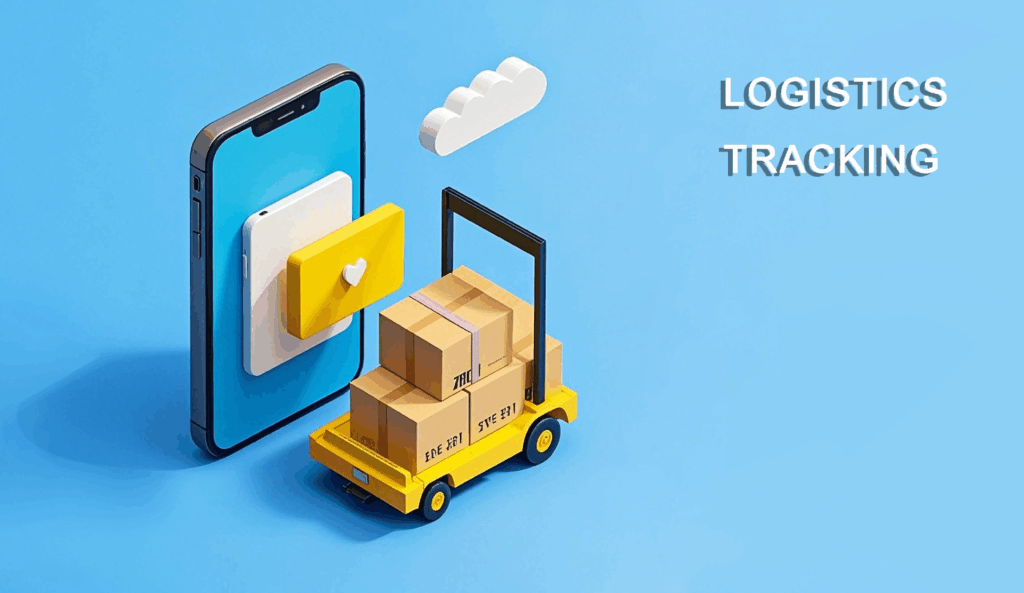Multi-Language Global Logistics Track Platform Boosts International Teams
Multi-language global logistics track platform adoption is surging because it removes confusion from cross-border shipping. When data, alerts, and customer updates appear in the language people use each day, work moves faster. Support writes fewer emails. Operations prevent delays. Most importantly, international teams see one version of the truth while customers stay informed, which cuts WISMO tickets and protects margins.

1. What a multi-language global logistics track platform really does
A strong platform unifies events from many carriers and normalizes them into a clean status ladder: created, in transit, customs, out for delivery, delivered, and exceptions. Then it localizes each status, message, and help text without changing the underlying data. Users select a language once. The same shipment timeline becomes readable in English, Spanish, German, or Vietnamese. This reduces the risk of wrong actions caused by misread codes or machine-translated emails.
2. Why international teams gain real speed
- Shared visibility across markets
Sales in Paris, support in Manila, and operations in Shenzhen can view the same shipment page in their own languages. There are no screenshots, no ad-hoc translations, and decisions happen in minutes, not hours. - Lower cognitive load
People perform better when the UI speaks their language. Training time drops, and SOPs stay simple. That is why international teams ramp faster on new lanes or new carriers. - Cleaner customer communication
Branded tracking pages and messages arrive in the customer’s language. This clarity reduces “Where is my order?” questions—WISMO tickets—and lowers the cost of service.
3. Features that actually matter

- Carrier normalization so different couriers map to the same clear statuses.
- Localized notifications by email, SMS, or chat with approved glossaries for logistics terms like “export clearance” or “attempted delivery.”
- Timezone and locale awareness so dates, numbers, and address formats respect local standards.
- Rules and alerts such as “no movement in 48 hours,” “stuck in customs,” or “RTO risk,” all triggerable per market and language.
- APIs and webhooks that push events into your OMS, CRM, and helpdesk, keeping agents inside one screen.
- Returns workflows with local instructions, printable labels, and customs codes that match the buyer’s language.
4. The cost case: fewer WISMO tickets, smaller losses
Every WISMO ticket consumes time. Agents open the carrier site, translate the status, and craft a reply. A platform that shows clear events to both the buyer and the agent reduces this work at the source. Fewer misunderstandings also mean fewer re-shipments, fewer missed pickups, and fewer chargebacks. The savings show up as shorter handle time, higher first-contact resolution, and better delivery attempt success.
5. Implementation playbook for international teams
- Map lanes and languages
Find the three languages that cover 80% of shipments. Confirm which teams and customers use them. Start there. - Define your status ladder
Keep it short—five to seven steps. Map each carrier’s raw events into this ladder. Make the wording customer-friendly and consistent across languages. - Localize the highest-impact surfaces first
Prioritize the agent dashboard, customer tracking page, and outbound notifications. Add localized FAQs and help guides after launch. - Set SLAs and alerts per market
Transit targets, customs dwell thresholds, and last-mile timers differ by lane. Configure rules per origin–destination pair and route alerts to the right team. - Run a 30-day pilot
Pick two countries and one peak lane. Track WISMO ticket rate, first response time, on-time delivery, and delivery attempt success. Expand once you see the lift.
6. Data that proves it works

- Cross-border fashion: After adding localized SMS and a bilingual tracking page, WISMO tickets fell 33% and first-contact resolution rose by 22%.
- B2B electronics: A bilingual dashboard let operations in Vietnam catch missing export documents early, cutting customs dwell time by a day.
- Marketplace seller program: Normalized statuses across 30 carriers gave clean on-time metrics, which reduced disputes during the holiday peak.
These results show that clear communication, data normalization, and multi-language tracking create measurable gains. PostalParcel provides all these capabilities in one platform, making it easier for international teams to reduce WISMO tickets, speed up resolutions, and deliver consistent performance across markets.
7. Common pitfalls—and how to avoid them
- Partial localization: If only the customer page is translated, agents still struggle. Localize the agent view and templates too.
- Over-detailed statuses: Fifteen steps confuse buyers. Use plain language and a short ladder.
- Ignoring address formats: Some countries place house numbers before streets. Validate per locale to prevent last-mile failures.
- No glossary control: Lock preferred terms. Let staff flag unclear wording so translations stay consistent.
- Set-and-forget mindset: Carriers change event codes. Review mappings and language packs quarterly.
8. Real cases you can model

- Cross-border fashion: After adding localized SMS and a bilingual tracking page, WISMO tickets fell 33% and first-contact resolution rose by 22%.
- B2B electronics: A bilingual dashboard let operations in Vietnam catch missing export documents early, cutting customs dwell time by a day.
- Marketplace seller program: Normalized statuses across 30 carriers gave clean on-time metrics, which reduced disputes during the holiday peak.
9. How PostalParcel aligns with these needs
PostalParcel offers a multi-language global logistics track platform built for international teams. The system normalizes carrier data, supports localized agent and customer views, and triggers rules for exceptions. Teams see the same shipment truth in their chosen language, and customers get clear updates. The result is steady reductions in WISMO tickets, faster problem resolution, and better SLA performance across regions.
10. The takeaway
A multi-language global logistics track platform is not a luxury. It is an operational upgrade that compounds. It delivers clarity where confusion is most expensive—customs handoffs, multi-carrier routes, and last-mile delivery. When language stops being a barrier, international teams collaborate smoothly, customers stay informed, and WISMO tickets decline. That is why multi-language tracking is winning across global operations.
Industry Insights
news via inbox
Nulla turp dis cursus. Integer liberos euismod pretium faucibua








